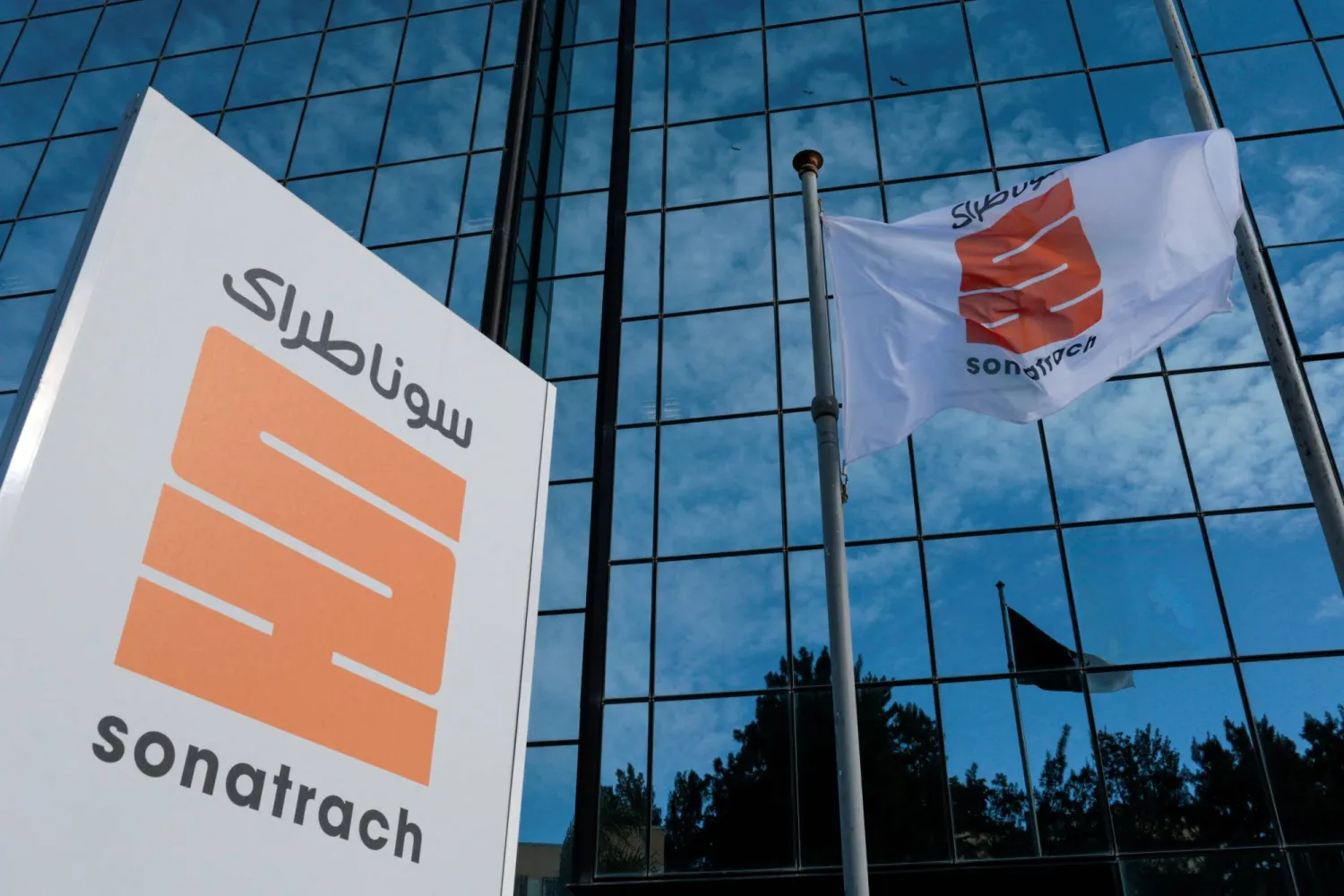Energy ministry guides +2% output; bid round set
Algeria targets a pragmatic +2% hydrocarbon lift in 2026 and launches an early-year bid round; BRENT resilience and firm TTF support cash flow as Sonatrach prioritises reliability over volume promises.

Algeria’s energy ministry has guided a modest 2% increase in hydrocarbon output for 2026 and confirmed a new upstream licensing round in early 2026, framing the move as a continuity plan after two years of price-supported revenue strength. The signal suggests Sonatrach will lean on brownfield optimisation and targeted infill drilling around legacy hubs—Hassi R’Mel for gas and Hassi Messaoud for oil—while using the bid round to attract risk capital for frontier acreage in the Illizi and Berkine basins.
The incremental target reflects realistic constraints. Decline rates across maturing fields remain elevated, and the capex upcycle launched in 2023 is still translating into barrels. A 2% lift implies marginal additions of ~20–25 kb/d oil-equivalent, depending on gas-to-oil mix, achievable through debottlenecking at Arzew/Skikda LNG and compressor upgrades on the TransMed and Medgaz corridors. With European buyers prioritising security-of-supply, Algeria’s strategy emphasises deliverability and contract discipline over volume bravado.
On gas, the focus is to stabilise pipeline exports to Italy and Spain while preserving optionality via LNG swing cargoes. The ministry’s guidance points to maintenance windows shortened in 2026 and incremental compression at Hassi R’Mel to sustain plateau flows. For crude, Sonatrach’s programme centres on well workovers, enhanced water-handling, and selective EOR pilots; new greenfield oil volumes before 2027 are unlikely.
The bid round marks the policy lever to lengthen reserves life. After the 2019 hydrocarbons law improved fiscal terms—profit-oil flexibility, lower royalty tiers for frontier plays, and cost-recovery clarity—authorities will court a mix of European NOCs, Middle-East NOCs, and select independents. Contracting cycles remain the Achilles heel; success hinges on tighter project approvals, accelerated environmental permitting, and service-sector capacity, where rigs and frack spreads remain scarce.
Macro context is supportive. With BRENT oscillating in the high-80s and TTF forward prices above historical norms, Algeria’s external balances are comfortable. A contained output rise paired with stable pricing should maintain a current-account surplus and help rebuild FX reserves, easing sovereign funding needs despite heavier capex. Budget sensitivity remains anchored to oil; a move below US$75 would test fiscal buffers, but the baseline points to continued cash generation for Sonatrach’s investment cycle.
Europe remains the strategic anchor. Algeria’s premium rests on geographical proximity, pipeline sunk cost, and a non-sanctioned supply profile, giving it leverage as EU utilities diversify away from Russian molecules. However, demand risks persist: mild winters, renewables acceleration, and efficiency gains could cap European gas burn. Contract renegotiations increasingly feature hybrid indexation—oil-link plus spot gas—spreading price risk but complicating revenue forecasting.
Risks are balanced. Execution slippage on field workovers, equipment lead-times, and periodic social/labour disruptions could shave the +2% target. Conversely, an upside case could emerge if compressor upgrades at Hassi R’Mel outperform and Medgaz/TransMed flows exceed nameplate during peak quarters. The bid round’s true test will be signature bonuses and work-programme depth, not attendance lists.
For markets, Algeria’s message is pragmatic: small, bankable growth, reliability to European counterparties, and a path to re-stock upstream inventory without over-promising. In a world of tightening capital for long-cycle hydrocarbons, that may be enough to sustain sovereign stability while buying time for selective energy-transition bets.





